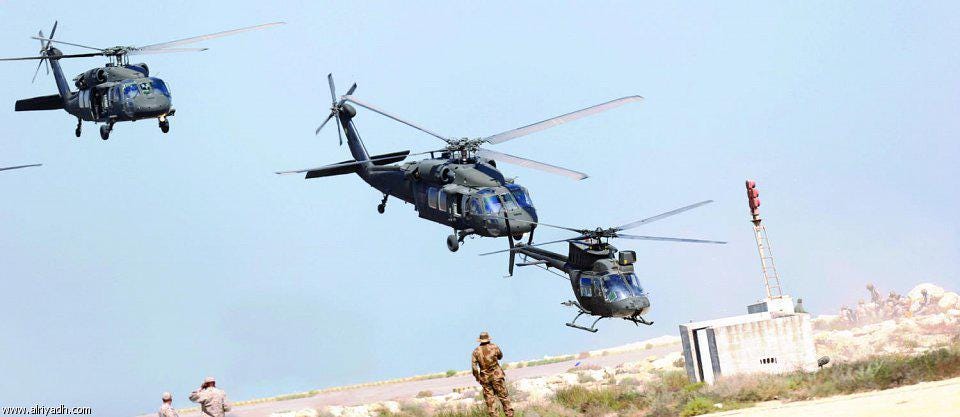The crisis in eastern Ukraine is far from over.
 On Monday, the moderate mayor of Kharkiv, the country’s second-largest city, was shot while riding his bicycle. Pro-Russian separatists have seized another government building in the region, and some are holding hostage a group of European military observers. The United States, convinced the chaos is all being driven by Moscow, slapped new sanctions on top Russian officials Monday, and the Europeans will probably go along.
On Monday, the moderate mayor of Kharkiv, the country’s second-largest city, was shot while riding his bicycle. Pro-Russian separatists have seized another government building in the region, and some are holding hostage a group of European military observers. The United States, convinced the chaos is all being driven by Moscow, slapped new sanctions on top Russian officials Monday, and the Europeans will probably go along.
To understand what’s driving this crisis, though, it’s necessary to look at the region the way its residents see it, not just the way it appears to the outside world.
The dominant Western narrative is all too familiar: It’s good guys vs. bad guys. Russian aggression against Ukraine and covert backing for separatist groups are the main sources of conflict, creating a very real danger that southeastern Ukraine may soon erupt into full-scale war or split off and join Russia. Throw in the kidnappings of journalists, targeted killings of local politicians and residents and renewed Ukrainian military operations against the separatists, and the whole region appears to be in flames—and it’s all Moscow’s doing. As U.S. Secretary of State John Kerry put it over the weekend, the Kremlin is behind the “distraction, deception and destabilization” in eastern Ukraine.
Unfortunately, the real story is much more complicated, and it has as much to do with the murky nature of Ukrainian politics as it does with Russia’s blatant meddling. On one level, the clashes in eastern Ukraine are just the latest battle between the country’s powerful and fractious oligarchs, for whom business interests—not the fate of Ukraine—are always priority number one.
By JON RALSTON
By ANDREA LEVERE and EZRA LEVIN
By GENE B. SPERLING
The good news is that the separatists are actually quite isolated, according to recent accounts by the Organization for Security and Cooperation in Europe’s monitoring mission in eastern Ukraine. Even Kerry, despite his stern rhetoric, has indicated that fewer than 30 buildings have been occupied. And a recent poll conducted by the Kyiv International Institute of Sociology found that the majority of southeastern Ukraine’s residents do not favor joining Russia; 70 percent want to remain in Ukraine, and only 15 percent support secession; 60 percent do not approve of armed separatists seizing government buildings.
There is no doubt that Russia has been trying to destabilize Ukraine in the wake of the annexation of Crimea and that both sides could yet tumble into full-scale military conflict. But Russia is not the only factor shaping public opinion toward the central government in Kyiv, the Ukrainian capital.
From the outside, the Kyiv government is usually depicted as a band of selfless reformers. In fact, the differences in how it is perceived across the country are vast, with 78 percent of western Ukrainians but only 16 percent of easterners registering their approval in one recent poll.Easterners (and southerners, for that matter) see a cabinet dominated by former prime minister and current presidential candidate Yulia Timoshenko and her Fatherland political party, whose base of support is in the pro-European west of the country. Both the Party of Regions and Vitaly Klitchko’s UDAR party refused to join the government, leaving it dangerously low on eastern support.
Balazs Jarabik is visiting scholar at the Carnegie Endowment for International Peace.










